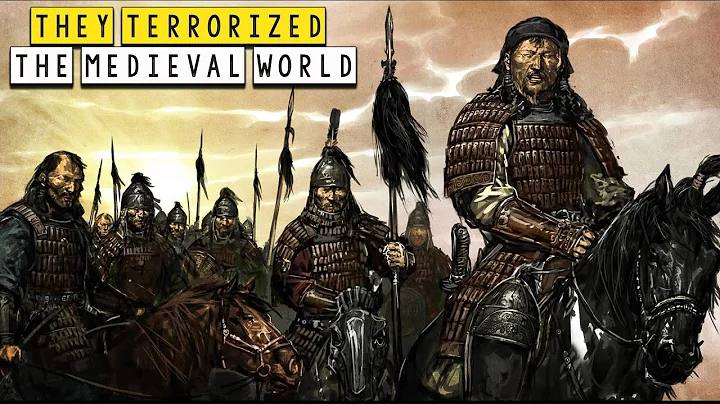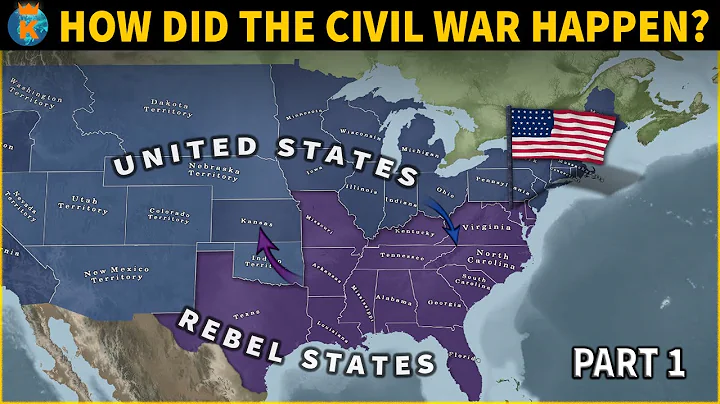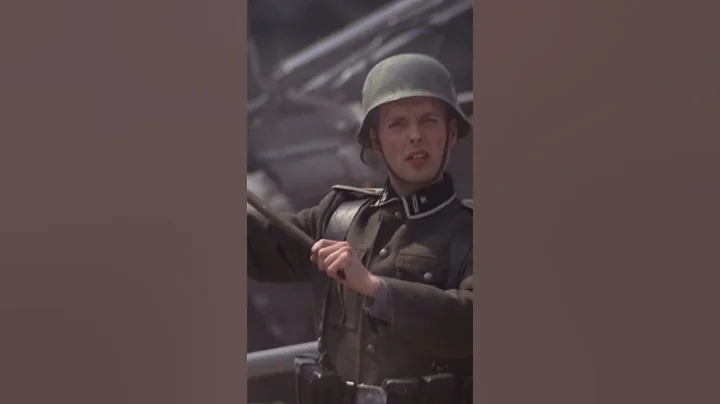
Before the Qing Dynasty entered the customs, a special envoy was sent to Tibet in the fourth year of Chongde (39 AD) to make contact. Chongde 7 (42), the leaders of various sects in Tibet sent the third-class envoy of Ilaguk to Shengjing to pay tribute. In the same year, Heshuote Mongolian Gushi Khan killed Zangba Khan, respected the fifth Dalai Lama Rosang Gyatso as a religious leader, and controlled the power of local Tibet. Later, in the second year of Shunzhi (45), he granted the title to the fourth Dalai Lama. Panchen Lobsang Chokyi Gyaltsen used the title "Panchen Bogdo" to divide the power of the fifth Dalai Lama and consolidate his dominance in Tibet.
After the Qing Dynasty entered the customs and established its capital in Beijing, the Qing government further strengthened its ties with Tibet.

In the eighth year of Shunzhi (53 AD), Shunzhi Emperor sent Chagar Lama and Jia Rao Lama to Tibet to greet the Dalai Lama and Panchen Lama, and invited the fifth Dalai Lama to meet in Beijing. In the ninth year of Shunzhi (54), Emperor Shunzhi held a banquet in the Hall of Supreme Harmony to cleanse the Dalai Lama. The following year, the fifth Dalai Lama returned to Tibet. Emperor Shunzhi held a farewell banquet in Nanyuan and conferred the title of "Universal Watchi Laheng La Dalai, led by the Great Good Self-Contained Buddha in the West. Buddhism Lama", and canonized Gu Shihan as "Gu Shihan who obeys the literary principles, is smart and wise". It clarified the status of the fifth Dalai Lama as a religious leader and recognized Gushi Khan's rule over Tibet.

The intrusion of the Junggar tribe ended the long-term situation in which the Qing court relied on the Heshuote Mongols to rule Tibet. The Qing court began to reorganize the local political power in Tibet. The system of co-governance of Kalon was adopted, that is, the Qing government appointed five people as Kalon (four at the beginning), one of whom was the chief Kalon and the other was in charge of local government affairs in Tibet. In the fifteenth year of Qianlong's reign (1750), the Qing court ordered the dethronement of the King of Tibet and the establishment of the Kashag (order-issuing authority). Under the ministers stationed in Tibet and the Dalai Lama, four Kalons (three lay people and one monk) were set up to handle government affairs. The four Kalons have equal status and are not subordinate to each other. Since then, the Dalai Lama has turned from a religious leader in Tibet into a political leader.
In this way, the Kashag in Tibet became a "theocratic" local government and was subordinate to the Qing emperor.
At the same time, the status of the minister stationed in Tibet should be improved and the powers of the minister stationed in Tibet should be expanded.

In the fifty-sixth year of Qianlong's reign (1791), another invasion of Tibet by the Gorkhas (an ethnic group in Nepal) occurred. Gurkha In order to expand its power, under the pretext of border tax disputes, they invaded on a large scale, plundered Tibet, and massacred Tibetan people. The eighth Dalai Lama and the seventh Panchen Lama reported to the Qing government to send troops. Emperor Qianlong immediately sent General Fukang'an to lead an army of 17,000 people composed of Manchu, Han, Mongolian, Tibetan and other ethnic groups into Tibet. With the support of the Tibetan people, in the 57th year of Qianlong's reign ( In May 1792), all the Gorkhas were about to be expelled from Tibet, forcing the Gorkhas to "beg for surrender before the army" and never do it again.
The Gorkha Army was able to penetrate deeply into the Tibetan area very quickly, fully exposing the weaknesses and shortcomings of the local government in the Gasha region of Tibet. Officials were corrupt and defrauded, and the military was in disrepair. Without a change of course, the political situation in Tibet would not be stable. Emperor Qianlong ordered Fukang'an and others to work with people from all walks of life in Tibet to discuss the Tibetan aftermath regulations . After many meetings, and finally with the approval of the Qing Emperor, the "Imperial Regulations for Dealing with the Disaster in Tibet" was officially promulgated in the fifty-eighth year of Qianlong's reign (1793). Article 1 of the "Constitution" first clearly stipulates: "The Minister in Tibet supervises and manages internal affairs in Tibet." The status is equal to that of the Dalai Lama and the Panchen. Officials below Kalon are all subordinates of the Minister in Tibet. All matters, no matter how big or small, should be reported to the Minister in Tibet. . In particular, the Qing court accepted the lessons of the previous disputes over the Dalai Lama's incarnation, and created the "drawing lots from the golden urn" system, that is, after the incarnation of the Dalai Lama was born, the hubilhans were reported from all over Tibet. Lehan, the minister stationed in Tibet will write the name, date of birth, on a toothpick in Manchu, Chinese and Tibetan, and put it into the "Golden Pemba" (i.e. gold vase) bottle, and then the minister stationed in Tibet will personally use ivory chopsticks to remove it from the bottle. One is taken out to identify the soul boy who will succeed the Dalai Lama, and then an enthronement ceremony is held under the auspices of the minister in Tibet.

Therefore, it is clearly stipulated that the reincarnation of the Dalai Lama and the Panchen Lama must be personally visited by the minister in Tibet and the procedures of "drawing lots from the golden urn" must be performed.In addition, it is also stipulated that all officials in Tibet, from the Kalon to the camp officials, shall be selected by the minister in charge of Tibet in conjunction with the Dalai Lama, and they shall be selected separately. Detailed regulations were also made on the grade of official positions and the selection of official positions.
The Minister in Tibet is responsible for supervising and reviewing the 3,000 Tibetan troops in Tibet. All officers of the Tibetan army, big and small, are selected by the Minister in Tibet together with the Dalai Lama. After testing, they have the right to be promoted and dismissed. In addition, one thousand green flag soldiers were sent to Tibet. The minister stationed in Tibet regularly patrols the border in spring and summer every year, and sends people to set up Obo (stacked with stones to define the boundary) along the border.
Tibet's diplomatic power is concentrated in the minister in Tibet. Correspondence between the Dalai Lama and the Panchen Lama and neighboring countries must be submitted to the minister in Tibet for review, and replies must be made by the minister in Tibet. Overseas Chinese businessmen from neighboring countries must hold a license issued by the minister in Tibet when entering Tibet.
In addition, the minister stationed in Tibet has the power to manage and approve religious affairs and judicial cases in Tibet.

also has the power of "inspection and general inspection" of Tibet's finances. In short, as the representative of the central government of the Qing Dynasty, the Minister in Tibet exercised comprehensive ruling power in Tibet. The "Articles of Association" also stipulate that all local taxes and fiscal revenue in Tibet shall be used by Tibet. The expenses of the troops stationed in Tibet and the salaries of major local officials in Tibet are all paid by the central government. A coin minting bureau was set up in Tibet to mint silver coins and unify the fineness, conversion and price comparison of the currency. For domestic and foreign trade, taxation standards shall be unified and card inspections shall be established.
The "Articles of Association" further affirmed in written form the long-established subordinate relationship between Tibet and the central government of the Qing Dynasty, and had the nature of legal provisions. The formulation of the "Charter" has great positive significance for further strengthening the Qing Dynasty's central government's rule over Tibet, stabilizing the political situation in Tibet, and maintaining the unity of a multi-ethnic country.





















